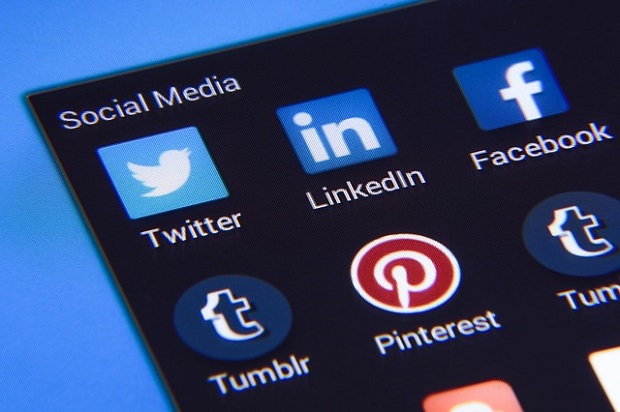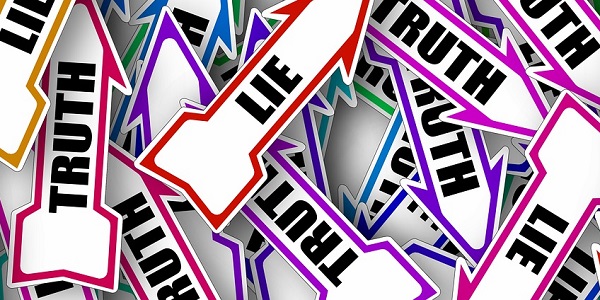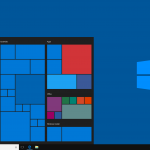Don’t Blame Social Media for Fake News
Social media is getting a bad rap. Even though fake news is all over the internet, social media is being blamed for spreading it. There might be some truth to that. The fact is, that is what social media is for: meeting people, and sharing information and viewpoints. Students are even taught and encouraged to network through social media. By extension, this will include sharing news.
It is not the responsibility of the platform to curate and label the information that is shared. That is the responsibility of the users. That means, you as a citizen and social media consumer, need to make sure that you are sharing reliable information.
Learn to spot the fake article
Since social media is rapidly becoming a main source for news, it is important that to learn how to spot fake news. There are four things to specifically check regarding the source of the article.
What is the domain and URL
Often fake news sites will copy the look of a reputable site, but the URLs will not be quite right. An example is abcnews.com (the legitimate site) versus abcnews.com.co (the fake news site). Another possibility is that the name might not be spelled correctly, “Rueters”, instead of Reuters. You might overlook the misspelling if you are just clicking on a link, but once you actually look at it, you would notice the difference
Read the “About Us” section
Many fake news stories are really meant to be satire, but that is not made clear in the article itself. This is where the “About Us” section of a website will clarify. Also, a legitimate news site will list leaders, company information, possibly even awards, etc., in this section. If the information is missing or seems overblown, be wary. A second step would be to look up information about the leaders on other sites.
Look for quotes and references in a story
In all honesty, you are looking to make sure they have them. If there are not any, then be leary of the article. This might indicate it is an opinion piece at best and a made-up story at worst. If there are quotes and references, make sure those sources are reputable. If you are unsure about their veracity, do a search to confirm. If you cannot find the person, quote, or source anywhere else, don’t trust the information.
Reverse image search
Finally, if there are images attached to the story, do a reverse image search. Images can be interpreted differently, and while they might look like they are supporting the story, they might be completely unrelated. There are apps that can do image searches for you, or simply right click on the image and select to do a Google search on it.
Be aware of confirmation bias
Confirmation bias is the tendency to look for information that confirms your belief, or to place greater importance on data that corroborates your theory or belief. This is a natural human tendency. Unfortunately, unless you take specific steps to counteract this tendency, you will probably default to only reading news that conforms to your beliefs, or even worse, label dissenting news as fake. Counteract this natural human tendency two ways:
First, be aware of the type of bias a source has. News is written and edited by humans, so completely unbiased news is hard or some say impossible to find. Be aware of your sources’ biases. Does this site tend to be more moderate or extreme? Does it lean to the conservative or liberal side? This is often determined either by the leanings of the readers or by how each side views the source’s reliability.
There are a few sources that come up as being fairly unbiased. Two are Reuters and the Associated Press (AP). Because both of these sites are in the business of providing news to papers who can’t afford to cover all the national/international stories, they have to be as unbiased as possible. If not, they would lose business in the markets that didn’t follow their bias. The third option to consider is The Christian Science Monitor. It has a great reputation and is often one of the few sources colleges will accept in student assignments, even up through the graduate level.
The second step to counter confirmation bias is by getting news from a second, opposing source. Likely, you will take a look at the lists mentioned above and chose news providers from them that are biased towards your own beliefs. You should also regularly read, with an open mind, a provider that leans opposite of your beliefs. While you may never learn to agree with them, it will at least give you something to consider. Also, if a story appears, with similar facts on both sites, it is likely not fake news.
Finally, take the time to search for lists of confirmed fake news providers. Be wary of any sites that are on these lists. Any of those are probably not reliable, and if they are one more than one, I would not read them at all.
As a citizen, it is everyone’s responsibility to be reliably informed. This is doubly true if you are sharing the news that you reading. Whether you are getting your news from a social media site, or from a specific news site, check it for reliability and consider whether the story might be biased. Being reliably informed is the best tool for informed decisions.
Author bio:
Follow her on twitter: @vkjocums



















One Response to Don’t Blame Social Media for Fake News